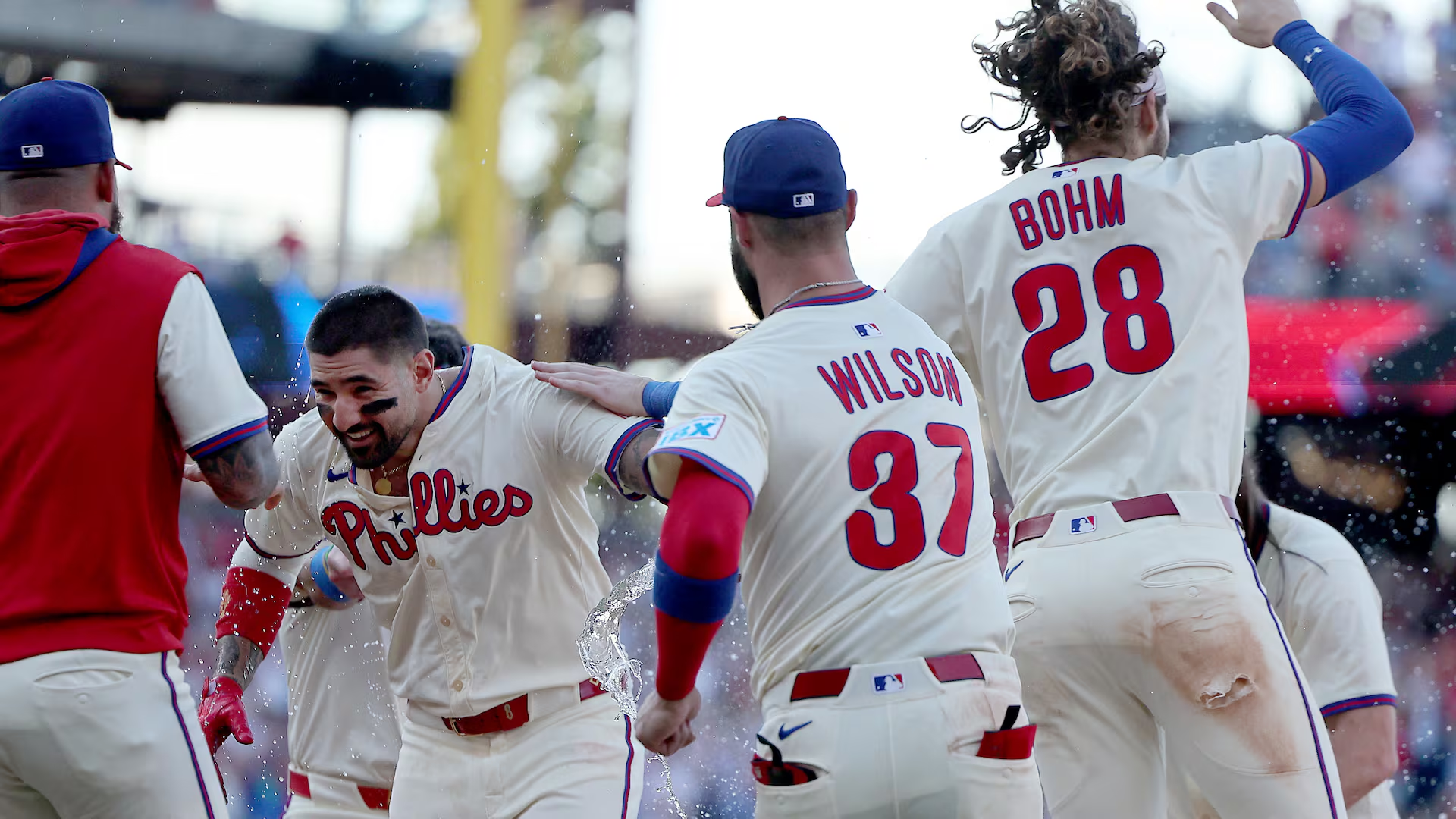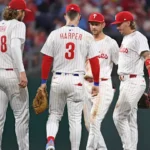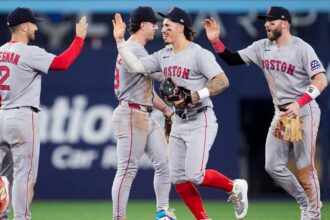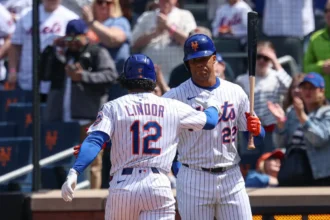The 2025 season increasingly looks like it may have marked the turning point—perhaps even the beginning of the end of Nick Castellanos’ tenure with the Philadelphia Phillies. What had once seemed like a solid long-term marriage between player and organization has begun to show signs of strain, shaped by on-field inconsistencies, contractual complications, and an apparent decline in league-wide interest. As the Phillies enter a pivotal offseason filled with difficult decisions, Castellanos’ status looms as one of the most complicated storylines facing the franchise.
From a performance standpoint, the veteran outfielder simply did not deliver what the Phillies needed last season. His production dipped noticeably, and his role within the lineup diminished as the year progressed. By the end of the season, Castellanos who was once viewed as an everyday force in the middle of the lineup found himself reduced to diminished playing time and a reduced level of organizational trust. His offensive numbers told much of the story: a .694 OPS across the season and only 17 home runs, far from the production the Phillies had expected when they signed him to a lucrative long-term contract.

These struggles have come at an especially inconvenient time for both Castellanos and the Phillies. Entering the offseason, it was widely expected that Philadelphia would look to move on from the two-time All-Star, using a trade as a way to clear payroll, reshape their outfield, and pursue upgrades that better align with their championship aspirations. However, MLB insider Jeff Passan recently revealed that the process is proving to be far more difficult than anticipated. In a report that has quickly become one of the biggest talking points of the Phillies’ winter, Passan stated bluntly that the team has been unable to find a market for Castellanos so far.
“Philadelphia has tried to trade Nick Castellanos and his $20 million salary,” Passan wrote on Tuesday. “So far, no bites.”

Those five words “So far, no bites” carry implications that stretch far beyond a routine offseason rumor. For the Phillies, it means the organization is facing an uphill battle in moving a player whose performance has dipped while still being owed a sizable salary. For Castellanos, it suggests an even more uncomfortable reality: teams around the league may no longer view him as the type of player worth acquiring at his current cost or for the role he likely wants.
The situation is troubling on multiple fronts. For Philadelphia, the inability to find a suitable trade partner implies that they may have no choice but to absorb a significant portion of his remaining salary in any deal. When a team attempts to move a player making $20 million per year and receives no meaningful trade offers, it usually means rival clubs view the contract as underwater one where the money owed outweighs the expected production. If the Phillies are determined to move Castellanos, they may ultimately have to attach cash to the deal, take back another burdensome contract, or lower their expectations for the return package.

From Castellanos’ perspective, the news is perhaps even more unsettling. The lack of interest indicates that front offices across baseball are skeptical that he can be a productive everyday corner outfielder at this stage of his career. He will be 33 years old heading into next season and is just one year away from free agency. While that final-year status sometimes helps players become more attractive trade targets, in Castellanos’ case, the combination of age, declining performance, limited defensive value, and a significant salary has created an unfavorable market situation.
The Phillies first signed Castellanos to a five-year, $100 million contract before the 2022 season a deal that was celebrated at the time as one of the boldest moves of their aggressive, win-now era. Castellanos was coming off a career-best stretch with the Cincinnati Reds and was viewed as a perfect middle-of-the-order bat to complement stars like Bryce Harper and Kyle Schwarber. However, his tenure with the Phillies has been marked by inconsistency.
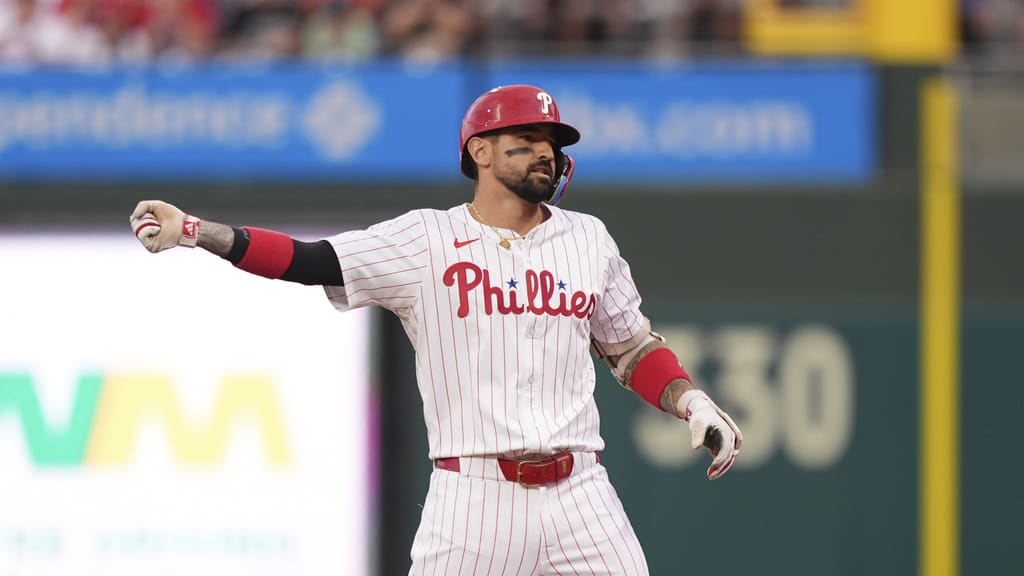
His first season in Philadelphia was underwhelming. Castellanos posted a .694 OPS that year, the exact same figure he put up last season, and struggled to find a rhythm offensively. Many speculated that the pressure of a new contract, a new city, and new expectations contributed to his early struggles.
But the following year, Castellanos bounced back in a major way. He hit 29 home runs, made the All-Star team, and delivered several memorable moments. It appeared he had rediscovered his form, and for much of that season, he felt like a key pillar of the Phillies’ lineup again.
In his third season, Castellanos did not reach his All-Star heights, but he still produced solid numbers 23 home runs and a .742 OPS. While not elite, those numbers were more than respectable and gave the Phillies reason to believe that Castellanos could remain a valuable contributor, even if not at the peak level that had defined his best years.
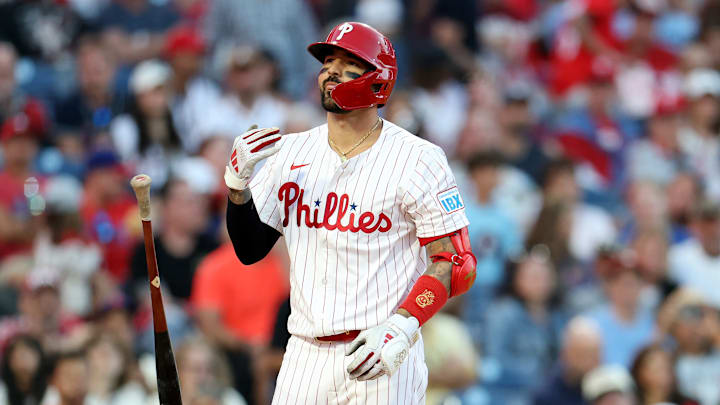
Unfortunately for both sides, last season derailed much of that optimism. Beyond his struggles on the field, Castellanos also made headlines for publicly expressing frustration with manager Rob Thomson. The comments did not sit well with some within the organization, and they added another layer of tension to an already complicated situation. While disagreements between players and managers are not unusual in baseball, airing frustrations publicly can deepen rifts and speed up organizational decisions.
Now the Phillies find themselves in a difficult position. They want to reshape their roster to remain competitive in a National League that continues to get stronger. Offloading Castellanos’ salary would give them greater financial flexibility to address needs elsewhere whether that means upgrading the outfield defensively, adding contact-oriented hitters, or bolstering the pitching staff. But without a willing trade partner, they are stuck in a holding pattern.

Even though Passan’s report suggests teams are not currently showing interest, the offseason is long, and circumstances can change. Injuries, shifting market dynamics, or unexpected free-agent signings can create new opportunities. Some teams may become more willing to consider Castellanos later in the winter, especially if the Phillies demonstrate a willingness to take on part of the financial burden.
Still, it is becoming increasingly clear that if Philadelphia does ultimately find a trade partner, the deal is unlikely to be favorable for them. Instead of receiving valuable prospects or making a clean salary dump, the team may have to settle for minimal return value. This reality underscores how drastically Castellanos’ trade stock has fallen, despite his past accomplishments and occasional flashes of high-level production.

For Castellanos, the next year could reshape how the final stage of his career unfolds. If he remains with the Phillies, he will need to deliver a strong bounce-back season to rebuild his value before hitting free agency. If he is traded, he may find himself in a situation where he is no longer guaranteed an everyday role especially if he lands on a contending team with established outfield depth.
His best path forward might be embracing the opportunity to reinvent himself. Even at 33, he still has the raw power and bat speed that made him an All-Star. If he can refine his approach, improve his consistency, or deliver more value against certain types of pitching, he could prove that he still belongs in the middle of a competitive lineup.
In the larger context of the Phillies’ offseason, the Castellanos dilemma highlights the challenges of long-term roster planning. Teams want to be aggressive in pursuing stars, but long contracts always come with risk. Sometimes the gamble pays off; sometimes it creates headaches down the line. For Philadelphia, this situation is a reminder that even contending teams must occasionally confront difficult financial realities and unflattering market feedback.
Ultimately, one thing seems certain: while the Phillies will continue exploring trade possibilities, this will not be a straightforward process. Castellanos’ future remains uncertain, and the organization must prepare for multiple outcomes. Whether he stays or goes, the repercussions of this offseason will shape the Phillies’ direction for years to come.
